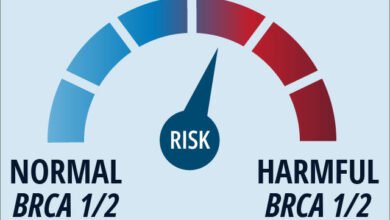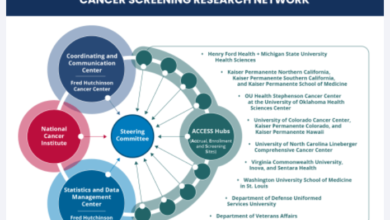New Data Show That Many HPV-Associated Cancers Can Be Prevented | Blogs

By Griffin Miller, Katmai Contractor, Division of Cancer Control and Prevention
Do you know how many people in the United States are diagnosed with a cancer associated with human papillomavirus (HPV) each year and how many of those cases could have been prevented? The answers would not be known without the work of scientists in CDC’s Division of Cancer Prevention and Control (DCPC).
From a new data brief, we now have a better understanding of HPV-associated cancers in the United States. Dr. Virginia Senkomago, PhD, MPH, tells us why this research is important to help prevent cancer.
What Are HPV-Associated Cancers?
HPV is a recognized cause of cancer. An HPV-associated cancer is a specific cellular type of cancer that is diagnosed in a part of the body where HPV is often found. These parts of the body include the cervix, vagina, vulva, penis, anus, rectum, and oropharynx (back of the throat, including the base of the tongue and tonsils).
Genital HPV is the most common sexually transmitted infection in the United States. More than 40 HPV types can infect the genital areas of men and women, including the skin of the penis, vulva (area outside the vagina), and anus, and the linings of the vagina, cervix, and rectum. These HPV types can also infect the lining of the mouth and throat. Cervical cancer is the most common HPV-associated cancer among women, and cancers of the oropharynx are the most common among men.
What the Data Brief Found
The data brief found that more than 47,000 new cases of HPV-associated cancer occurred each year from 2015 to 2019 (the latest year for which data are available). “We found that 79% of these cancers were directly caused by HPV infections,” says Dr. Senkomago. More cancers were found in females (about 26,000) than males (about 21,000).
Dr. Senkomago, an epidemiologist in DCPC, was part of the team that put this new data brief together. The team analyzed data from the U.S. Cancer Statistics. She estimates that HPV vaccines could have prevented more than 34,000 of these cancers: “The data show us that vaccination could have reduced the number of HPV-associated cancers.”
The number of cases is slightly higher than those in the previous report, which found that more than 46,000 new HPV-associated cancers occurred each year from 2014 to 2018.
How Data Briefs Help Protect People’s Health
Cancer data briefs can help state and local health departments, health care providers, and health organizations see cancer trends. Dr. Senkomago says, “These briefs allow our partners to have the latest statistics and monitor their own progress in preventing and controlling HPV-associated cancers in the United States.”
The new data brief allows CDC partners to observe the effect that HPV vaccination could have in the United States. “Cervical cancer can be prevented by HPV vaccination and screening. For the other HPV-associated cancers, HPV vaccination is the only prevention strategy,” says Dr. Senkomago.
How You Can Prevent HPV-Associated Cancers
As you read the data brief, you may think about your own or your family’s risk of developing an HPV-associated cancer. Fortunately, HPV vaccination provides safe, effective, and lasting protection against the HPV infections that are most associated with these types of cancer. HPV vaccines are recommended for children aged 11 to 12 years. Everyone through age 26 should get an HPV vaccine if they were not fully vaccinated earlier. Some unvaccinated adults aged 27 to 45 years may decide to get an HPV vaccine after speaking with their doctor about their risk for new HPV infections and the possible benefits of vaccination for them.
Cervical cancer is the only type of cancer caused by HPV that has a recommended screening test to find it early. Most women aged 21 to 65 years should be screened for cervical cancer regularly.
More Information
Source link
#Data #Show #HPVAssociated #Cancers #Prevented #Blogs



